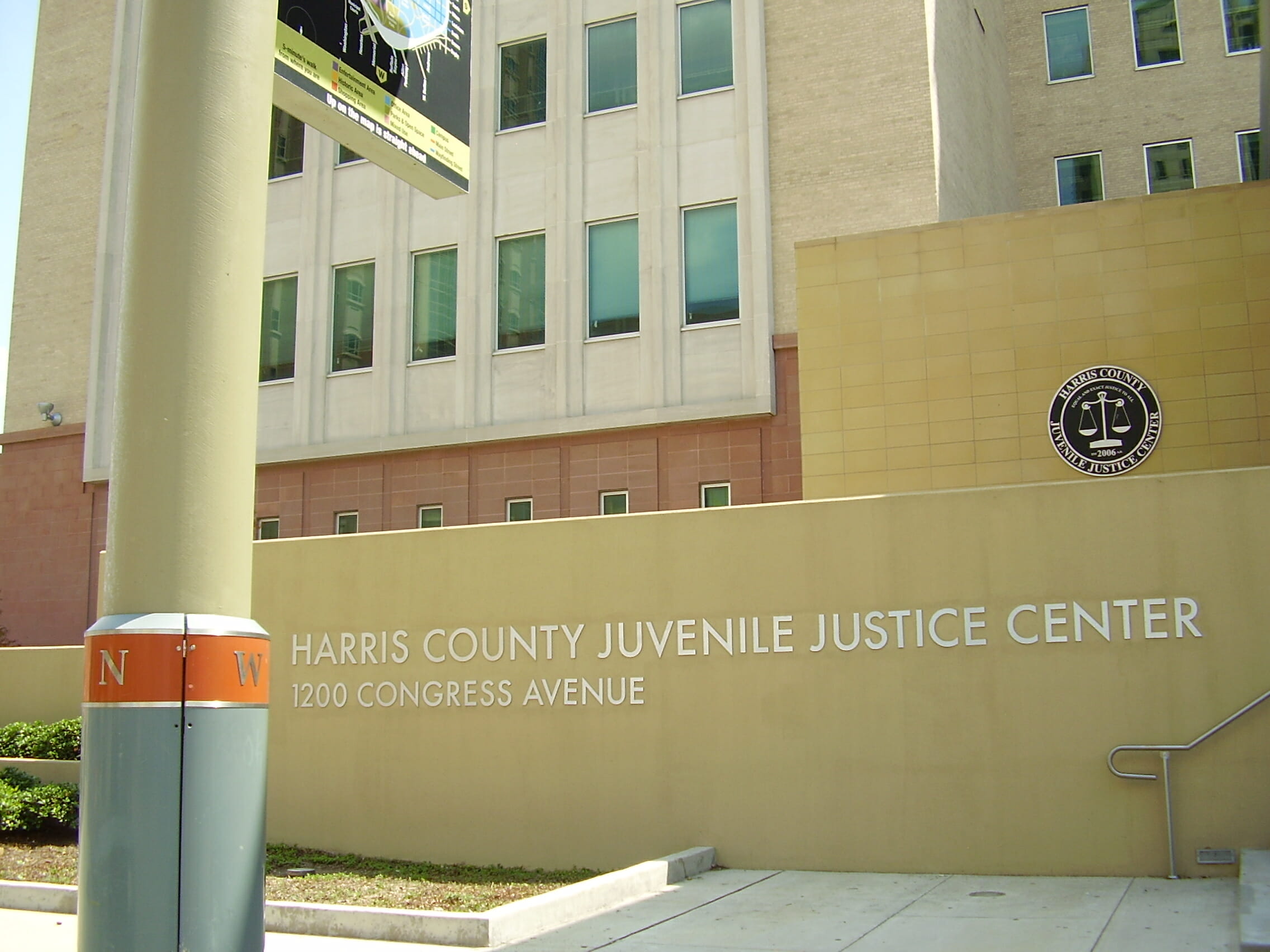Last Monday, January 25, the Supreme Court ruled that teenagers given life sentences for murder must be given the opportunity to argue for their release. This most recent decision expanded upon the court’s 2012 ruling that said life sentences without parole (for juveniles) must be used retroactively. Now, close to 1,500 teenagers have an opportunity to be released or at least re-sentenced.
Even though these teens have committed some of the most heinous crimes known to man, it’s important to give them a second chance. Juveniles must be treated differently than adults.
If a teenager who is deemed “too rich for his own good” (affluenza) can get away with murdering four people, these kids, who almost always had considerably fewer resources, definitely deserve a second chance. One such case involves Henry Montgomery of Louisiana, who pushed Monday’s proceedings to the Supreme Court. In 1963, as a 17 year old, Montgomery shot and killed a sheriff’s deputy. That was 52 years ago. Now 69 years old, Montgomery argued that he should at least be considered for parole because of his rehabilitation in the justice system. And he should. By all accounts, Montgomery has evolved from a misguided teen to a model member of prison society.
After last Monday’s decision, Montgomery will finally get a chance to contribute positively to society.
Justice Anthony Kennedy acknowledged that there could be a “juvenile offender who exhibits such irretrievable depravity that rehabilitation is impossible and life without parole is justified.” But for the large majority, this is not the case. Many of these children are direct products of their environment.
The Judicial Branch wasn’t the only branch of government that sought to help youths on Monday. President Obama also announced a decision to ban solitary confinement for juveniles like Kalief Browder, who was imprisoned as a 16 year-old for stealing a backpack and was subsequently sent to Rikers Island. While he was awaiting trial (that he never received), Browder was subjected to 23 hours of solitary confinement a day for nearly two years. Browder never fully recovered from that traumatic experience. After his release, at age 22, he took his own life.
President Obama’s action and the Supreme Court’s decision send a strong, united message about the vulnerability of youth. It highlights our duty as a society to protect children, even when they commit crimes. A lot more work needs to be done, but significant efforts to help are underway.
It’s important that the justice system does not give up on these kids. And the fact that the highest court in the land agrees is a step in the right direction. Because in many instances, these teenagers have long learned their lesson.








